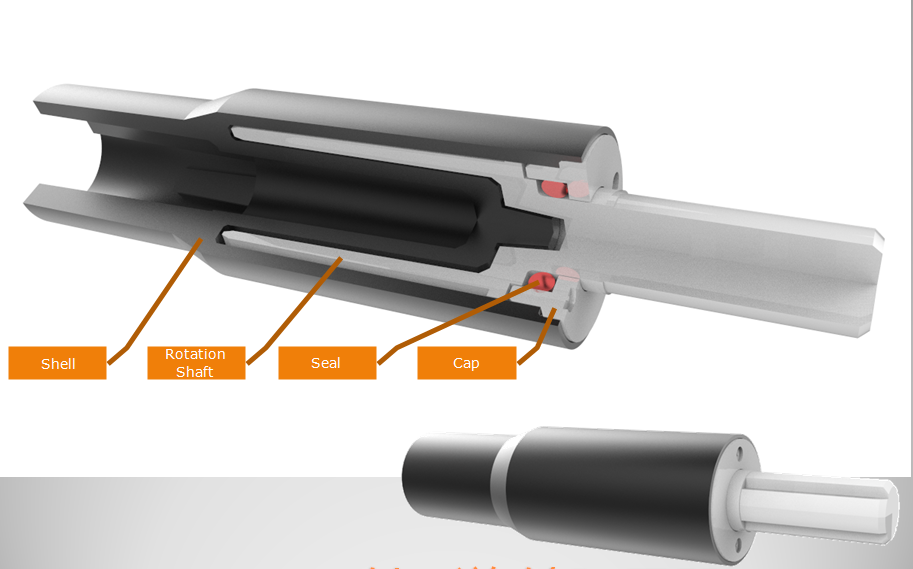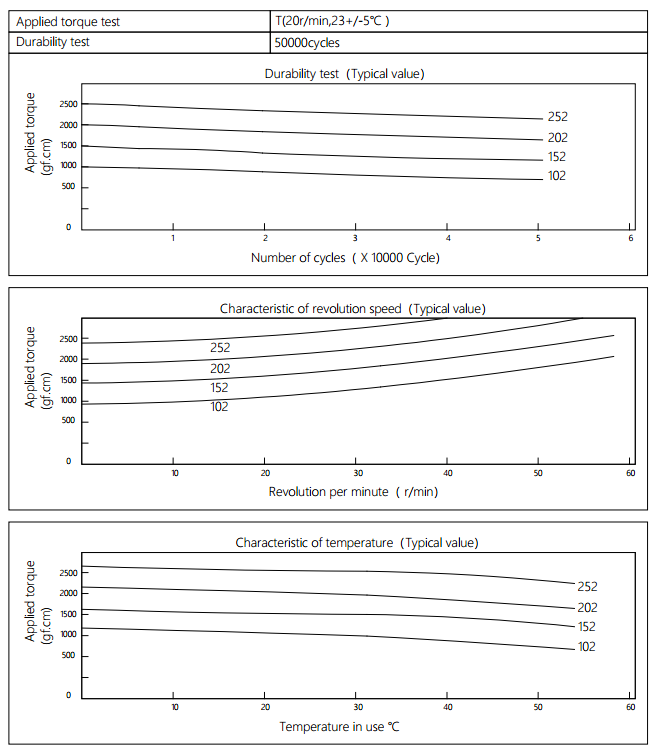Flotation of gold minerals
Gold and silver mineral flotation
The size of gold inlays varies from 2 mm to 1 mm, and can be less than 1 to 5 pum. Because gold has a high density of 15.3 to 18.3 g/cm, coarse particles can be treated by various re-selection (including soil washing) + amalgamation , and small exposed particles can be leached with cyanide or thiourea. Medium-sized (0.001 to 0.070 mm) monomer gold or gold embedded in various metal sulfides is treated by flotation. The floatability of gold is related to the size, shape and surface state of its particle size. Coarse grain gold easily falls off the surface of the foam. The flaky gold is relatively easy to float, and the round granulated gold is more difficult to float. Buoyant pure gold surface, the surface is iron oxide or other hydrophilic contaminated gold floatability difference. Silver-containing gold particles are more buoyant than pure gold particles. Some natural gold floats very well and floats automatically on the surface of the water. Generally, the flotation of gold does not require an activator, but the addition of sodium carbonate can precipitate certain metal ions and maintain the pH at 8-9, which is beneficial to the flotation of natural gold. Copper sulphate can increase the flotation rate of gold, but it is more harmful.
Natural gold inhibitors are 0H- (pH greater than 11), Ca2+, CN-, Na2S, sodium sulfite, sodium silicate, tannin, heavy metal ions. The best flotation of natural gold is also E +10 ~ +50mV (Pt electrode to calomel electrode). When pyrite contains gold, the pH can be reduced to 4.
The collectors of flotation gold mainly include xanthate, black medicine, Z-200, thiol benzothiazole, thiourea, carbamate and the like. In recent years, China has used Y89, Jinlingling and other flotation of natural gold and gold-containing copper sulfide and other multi-metallic minerals, the effect is remarkable. In Russia, it is recommended to use a combination of TAA (thioacyl anilide) R-404 and butyl potassium xanthate (BKK), and to obtain the best combination of TAA and BKK in multiple combinations.

Six principle processes that may be used to process gold ore:
(1) Re-election + concentrate amalgamation;
(2) flotation + concentrate cyanide;
(3) flotation + concentrate roasting + cyanidation;
(4) Flotation concentrate roasting + tailings cyanidation;
(5) Re-election of concentrate cyanide + cyanide tailings flotation;

Slim Rotary Damper mainly used for small diameter, long height space. Shaft Damper is used to dampen drives, control speed, and many other applications. Shaft damper are widely used in invisible screens. Shaft damper can make the movement of structures soft, quiet and safe to mitigate the impact, avoid the damage, increase the mechanical life, reduce noise, and improve product quality.

NOTE:
1. Please contact the corresponding product engineer for specific torque products
2. Max. rotation speed: 50r/min
3. Max. circle rate: 5 cycle/min(Clockwise180 °, 180 ° anti-clockwise for 1 cycle)
4. Operating temperature: -10~50℃
5. Storage temperature:-30~80℃

Applied torque: (T)
Test Temperature: 23+/-5℃
Rotating speed:20r/min
Durability test Method:Clockwise 180 °, 180 ° anti-clockwise
Rotating speed: 20r/min
Test Frequency: 1cycle/min
Test Temperature: 23±5℃
Durability test cycle: 50000cycle
Test result criteria: Store in the room temperature for 24 hours or more after the test, recording to the torque T=T±30%T.
Shaft Damper
Shaft Damper,Drive Shaft Damper,Crankshaft Damper,Flexible Shaft Coupling
Shenzhen ABD Equipment Co., Ltd. , https://www.abddamper.com